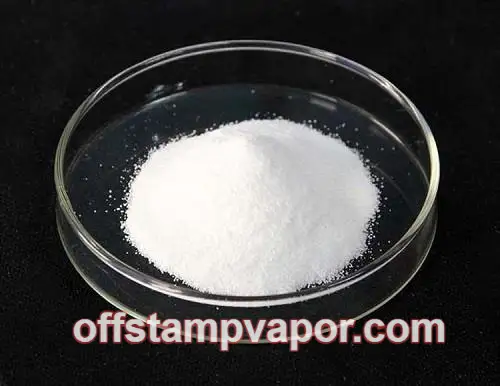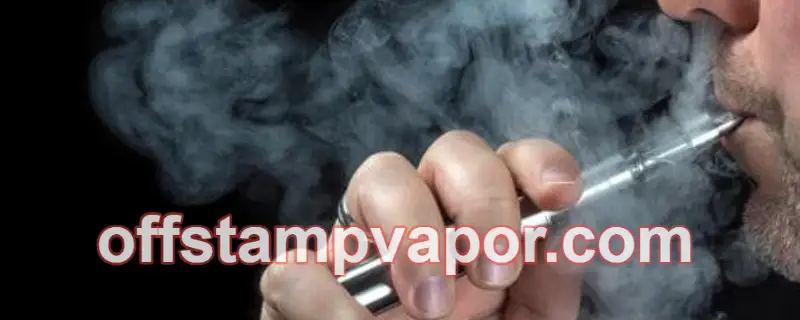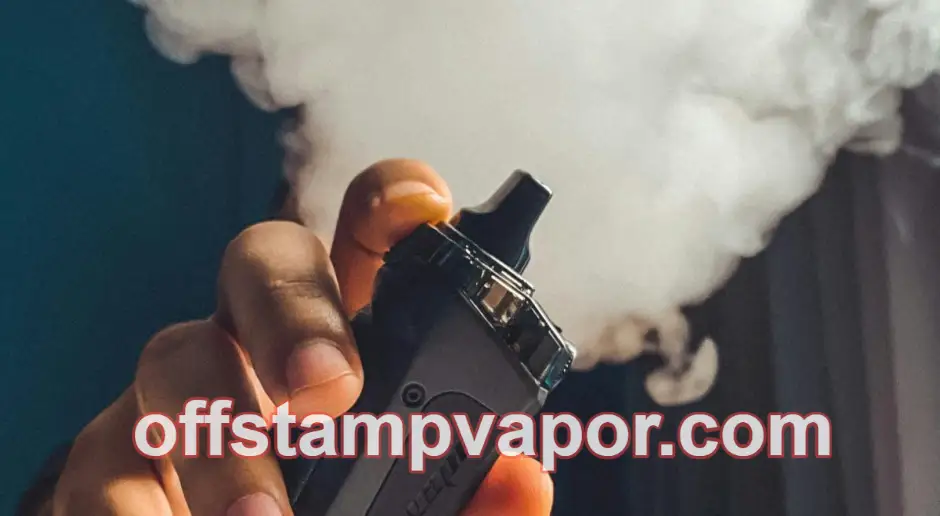Sucralose: A Milestone in Sweeteners and the Hidden Challenges in Vaping
The Evolution of Sucralose
Sucralose, a revolutionary artificial sweetener, was discovered in 1976—completely by accident. While researching chlorinated sugar derivatives, scientists stumbled upon a compound that was not only insanely sweet but also incredibly stable. Unlike other artificial sweeteners that came with bitter aftertastes or broke down under heat, sucralose stood out as a nearly perfect sugar substitute.
By the 1980s, rigorous safety testing had confirmed sucralose’s safety for human consumption, leading to its first approval as a food additive in Canada in 1991. The U.S. followed in 1998 when the FDA greenlit sucralose as a general-purpose sweetener. As production technology improved, the cost of manufacturing sucralose dropped, fueling its widespread adoption in everything from diet sodas to protein bars. More recently, sucralose has found its way into unexpected industries—including pharmaceuticals and functional foods.
One of the latest (and most controversial) applications of sucralose? Vaping. While sucralose enhances Off Stamp vape flavors by delivering a smooth, sugar-like taste without lingering sweetness, its performance in high-heat conditions is raising some serious red flags.
Sucralose in Vapes: A Double-Edged Sword
For vapers, flavor is king. Sucralose became an instant hit in vape juices because it provides a punchy sweetness that makes flavors pop. Compared to other sweeteners, sucralose brings out the richness of fruit, dessert, and candy-inspired Off Stamp vape flavors without a noticeable aftertaste. Sounds perfect, right? Well, not so fast.
The problem is heat. Unlike in food, where sucralose remains relatively stable, vaping involves much higher temperatures—often exceeding 200°C (392°F). And under those conditions, sucralose starts to break down into potentially toxic compounds.
A 2015 study used thermal analysis techniques (TG-DSC-FTIR, for the science nerds out there) to investigate how sucralose decomposes under heat. The results showed that at temperatures as low as 120°C (248°F), sucralose begins to break apart, releasing hydrogen chloride (HCl), water (H₂O), and carbon dioxide (CO₂). While these byproducts aren’t a big deal in food (HCl just dissolves into your stomach acid), things get sketchy when sucralose is exposed to the extreme heat inside a vape device.
In 2019, researchers took it a step further by analyzing the aerosol produced by sucralose-sweetened vape juice. Their findings? Two types of chloropropanols—compounds that have been linked to potential toxicity. Another study the same year found that sucralose could trigger the formation of harmful organic chlorides and even catalyze chemical reactions that produce aldehydes and acetal compounds, both of which have raised health concerns.
Then came 2024. A recent study compared sucralose vs. neotame (another artificial sweetener) and their effects on metal leaching in vapes. Turns out, sucralose isn’t just breaking down—it’s interacting with the metal heating elements in vape devices, potentially increasing the release of heavy metals into the aerosol. And if that wasn’t concerning enough, the study also found that sucralose had a bigger impact on cell viability, meaning it could be more harmful to lung cells than other sweeteners.
What’s Next for Sucralose in Vapes?
Let’s be real—sucralose isn’t going to disappear from vapes overnight. It’s a flavor powerhouse, and right now, there’s no perfect alternative that delivers the same sweetness without compromising taste. But ignoring the safety concerns isn’t an option either.
So, what can vapers do?
-
Check Your Ingredients. Not all vape brands use sucralose-heavy formulas. Some companies, like Off Stamp vapes, are taking proactive steps to reduce the risks by using cleaner formulas and exploring alternative sweeteners that hold up better under heat.
-
Lower Your Wattage. Since sucralose breaks down at high temperatures, dialing down the heat on your vape device could help reduce the formation of harmful byproducts.
-
Experiment with Less Sweet Juices. While ultra-sweet flavors are tempting, cutting back on sucralose-heavy vape juices might be a smart move if you're worried about long-term health effects.
-
Stay Informed. Research on sucralose in vaping is still evolving. New studies are dropping every year, and staying up to date can help you make better choices about what you inhale.

At the end of the day, the key takeaway is this: sucralose is awesome in food, but in vapes, it’s a different story. Flavor chasers might not want to give it up just yet, but it’s important to weigh the risks and make smart choices. With more innovation in vape flavors and sweetener technology, the future could bring safer, better alternatives.
Until then, vape smart, stay informed, and don’t fall for the “sweet but deadly” trap.
